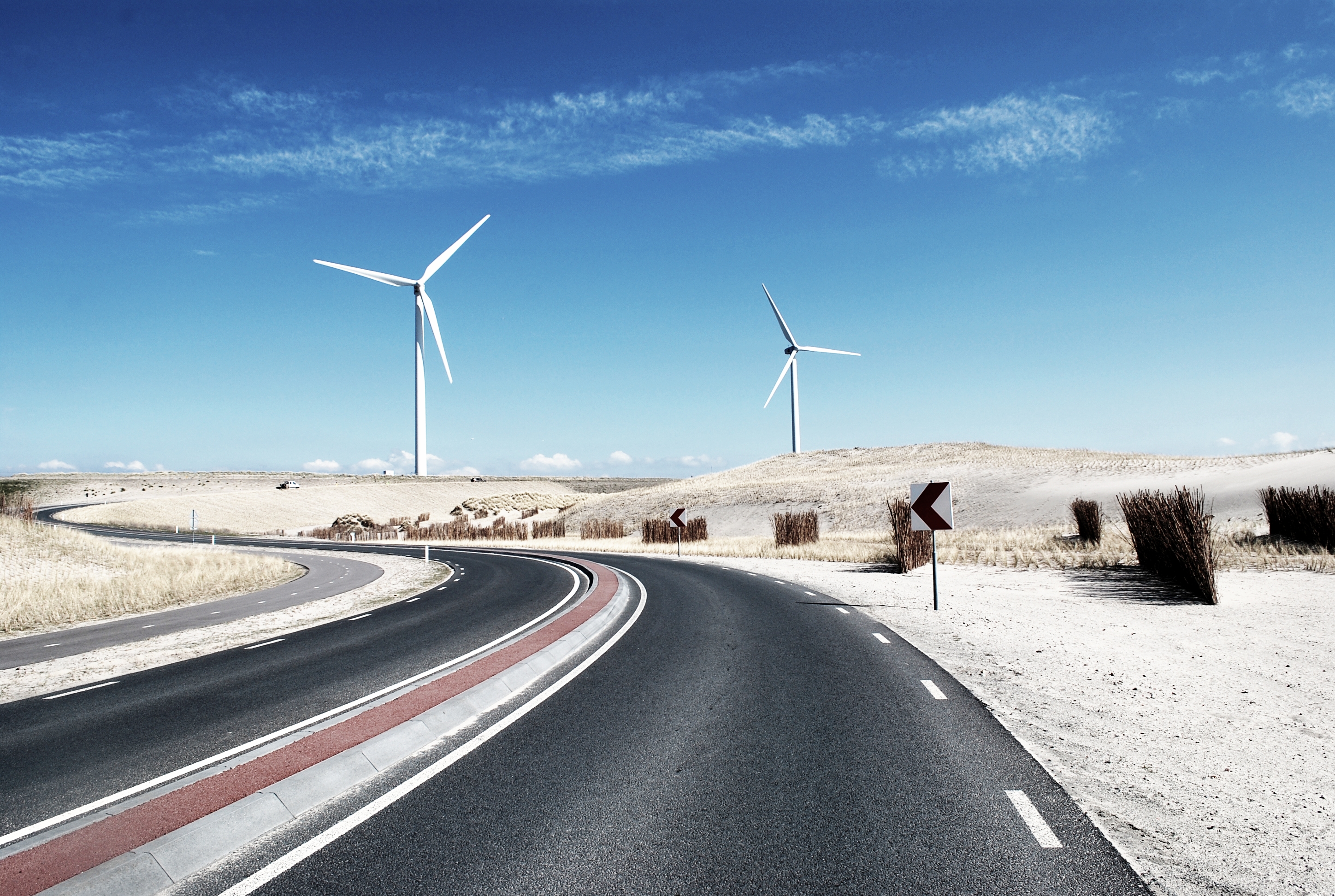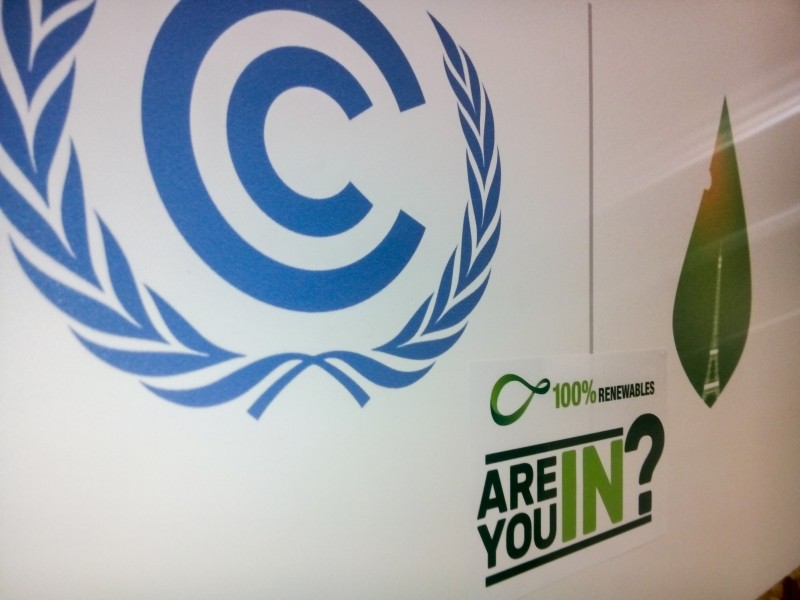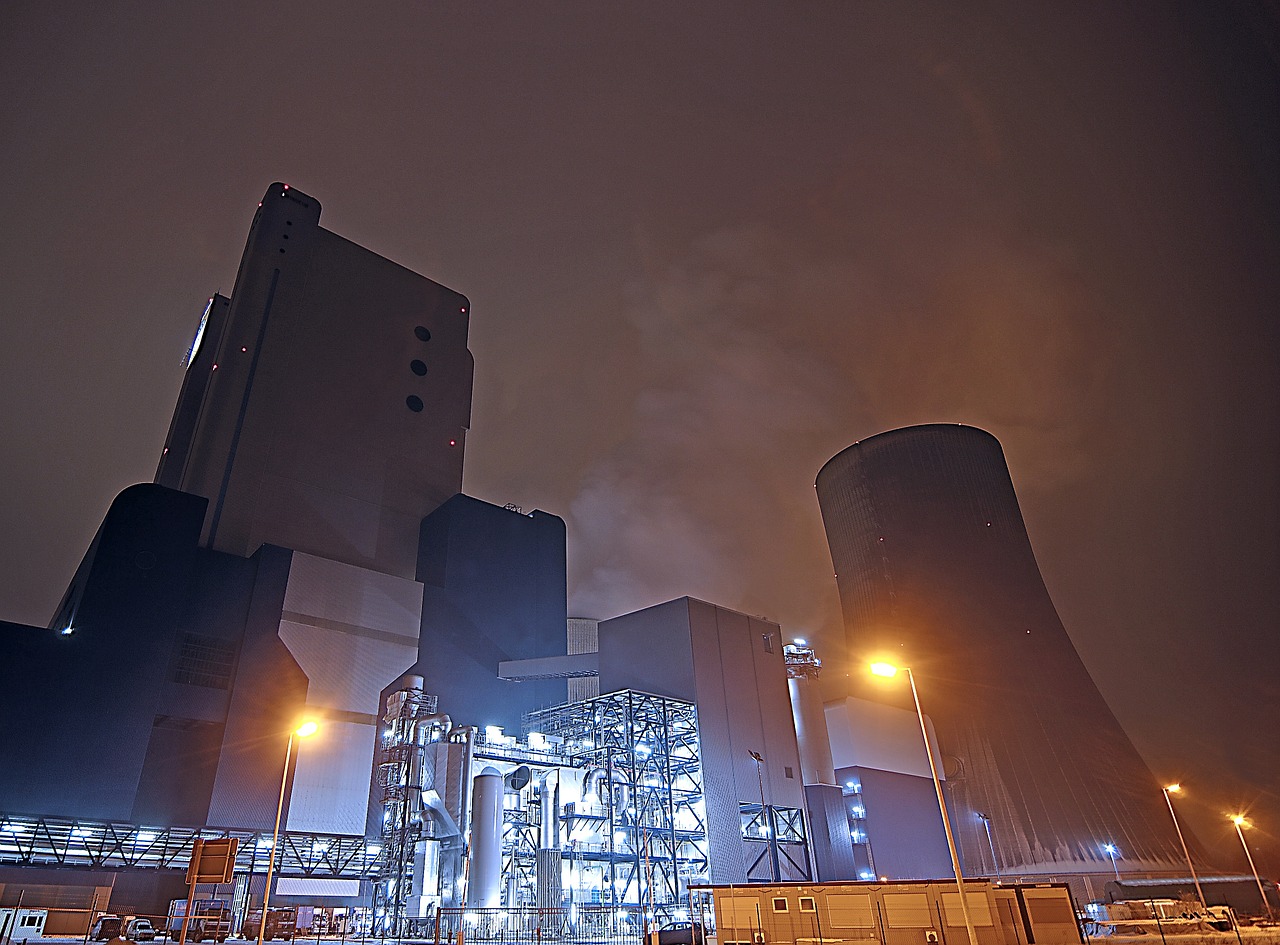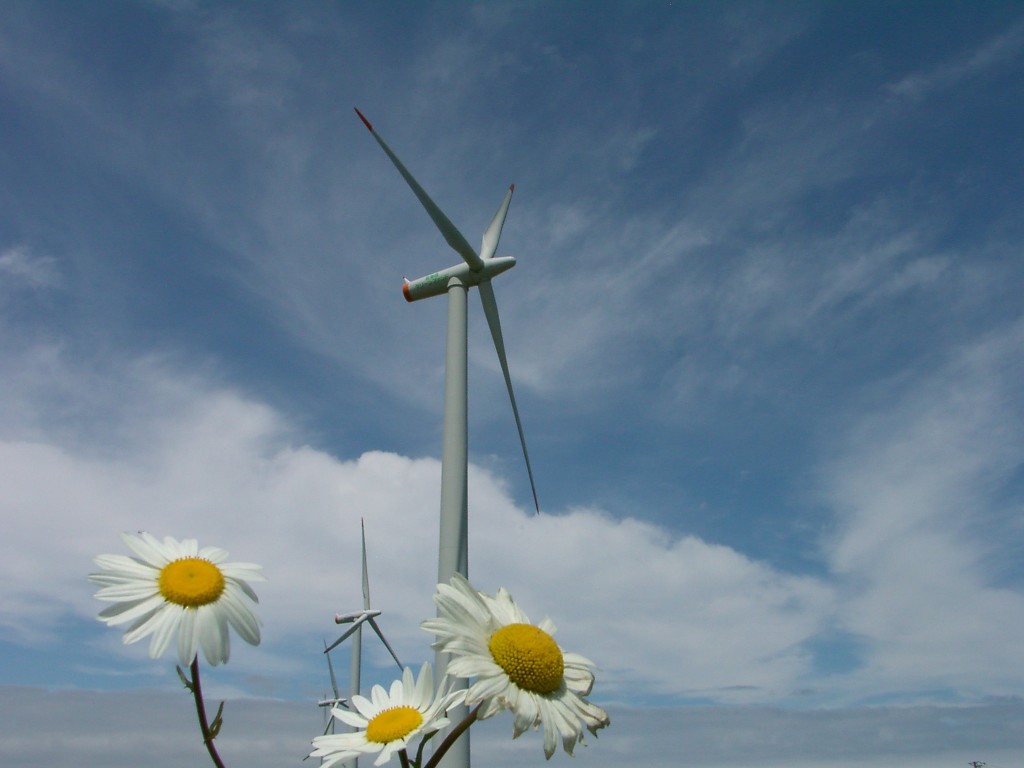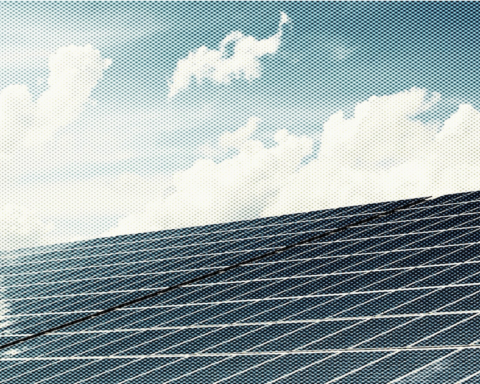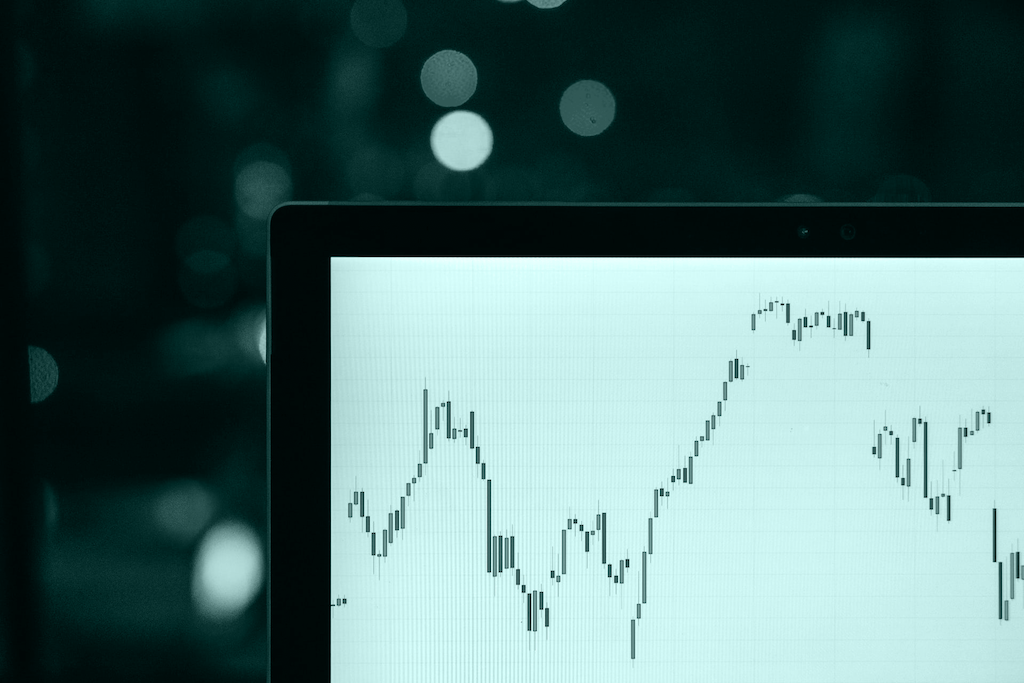The year 2014 represents to me the end of ten years of phenomenal growth for renewable energy and the beginning of a new phase of renewable energy development. This new phase will be markedly different from the past ten years. So I thought this would be a good opportunity to reflect a bit on the past, present, and future of renewables, based on my 25 years of experience in the field.
One of the important reasons for this type of perspective is that the current market, technology, and policy conditions for renewable energy are relatively new, and keep changing so fast, that our thinking about where renewable energy is today, and where its going, is out of date with reality. Many still think about renewable energy as if it were still 1995, or 2000. Yet those years represent the “floppy disk” era of renewables. Our thinking needs to catch up with reality.
I would trace the origins of our modern era of renewables to the 1976 publication “Soft Energy Paths” by Amory Lovins. Driven by technology-development and electricity-market policies in the U.S. in particular during the the late 1970s and 1980s, renewable energy technologies achieved a degree of commercialization and cost reduction that represented the beginning of this modern era for renewables. For example, the U.S. PURPA legislation led to a huge upsurge in wind power development, in California in particular. (Most may not remember the time when California had 90% of all the installed wind power capacity in the world.)
Period 1992-2003 From Commercialization to Mainstream
A number of policies emerged in the 1990s to set renewables on a path from commercialization to becoming “mainstreamed.” The US Production Tax Credit started in 1992. Several U.S. states enacted Renewable Portfolio Standard policies. Japan started its original “Sunshine” program and subsidies for commercial deployment of solar PV in 1993. And the German Electricity Feed-In Act of 1991 was the first policy to introduce feed-in tariffs, and represented the beginning of a major spread of renewable energy support policies in many countries. Throughout the 1990s, a handful of other countries enacted feed-in tariffs, including Denmark, Italy, India, Spain, Sweden, and Switzerland. (But by 2013, the spread of feed-in tariffs, started by Germany, had reached 99 jurisdictions around around the world, including 80 countries and 19 states/provinces.)
During this period, China and other developing countries were still mere footnotes to the global market picture, although a substantial rural off-grid market for solar PV and biomass technologies was emerging. China had virtually no grid-tied solar PV market and a wind power market that was largely based on small projects financed through bilateral aid. In the late 1990s, the World Bank and Global Environment Facility started providing major grants and capital for renewable energy “market development” efforts and investment projects in developing countries. Also, a number of bilateral donors began to undertake demonstration and commercialization projects in developing countries. India had become a major market for wind power and had ambitions to use solar power for off-the-grid rural areas. Yet the major market developments in China, India, South Africa, and other developing countries were still ten years away.
In the late 1990s, visions and scenarios for the future of renewable energy started to appear with increasing frequency. Shell oil company shocked many with its 1999 “Sustained Growth” scenario that showed 50% of global energy from renewables by 2050. The International Energy Agency, long considered conservative in its assessments of renewable energy, released a 2003 report, Energy to 2050: Scenarios for a Sustainable Future, that outlined a “Sustainable Development” scenario with a 35% share from renewables. (The actual share attained in 2013 was 19%.)
By 2003, global investment in renewable energy had reached about $25 billion, a quadrupling from about $6 billion in 1995. (Martinot, Renewable Energy World 7(5), 2004) By 2003, the world had 40 GW of wind power, 1.1 GW of grid-connected solar PV, and an annual grid-tied solar PV market of an “incredible” 365 MW added. (The 2003 market represented the beginning of annual 50-60% growth rates over the next several years. Today, that amount–365 MW added during all of 2003–is installed worldwide every 80 hours.) And about 40 countries around the world had enacted policies to support renewable energy, several of which were starting to spur major markets. The results of these policies were rapidly declining technology costs, mainstreamed financier acceptance, expanding commercial markets in developed countries, and emerging commercial markets in developing countries.
Period 2004-2013 From Mainstream to Majority
During the period 2004-2013, renewable energy went from being “mainstream” to being a “majority” of annual investment and capacity relative to fossil fuels and nuclear.
In 2004, the German government hosted a major conference, Bonn Renewables 2004, with 3000 participants and representatives from over 100 countries. One might mark this as the beginning of a fast-growth period for renewables. From 2003 to 2012, annual global investment in renewable energy increased 10-fold, from $25 billion to $250 billion. Wind power capacity increased 8-fold, from 40 GW to an estimated 320 GW. (Final data for 2013 still pending.) Total solar PV capacity increased 45-fold, from 3 GW to an estimated 140 GW. Major increases in biomass (for power and heat), solar thermal (for heat), geothermal, and hydro also took place. Costs declined precipitously, especially for solar PV. And the number of countries with policies to support renewable energy tripled relative to 2003–to over 120 countries, most of which are now developing countries. (Most statistics in this section from past and current editions of the REN21 Renewables Global Status Report.)
During the period 2004-2013, commercial acceptance of renewable energy by mainline financial institutions, in Europe and the U.S. in particular, greatly expanded. Risks were well understood and project finance became routine. Utility companies themselves engaged in massive balance-sheet finance of renewables projects. By 2012, annual global investment in renewable energy had exceeded annual global investment in fossil-fuel and nuclear power generating assets.
In both 2011 and 2012, the amount of renewable power capacity added globally was about equal to the amount of fossil-fuel and nuclear power capacity added globally. And this was also true in China for the first ten months of 2013. In Europe, renewables had become “majority,” with over 70% of added capacity being renewables in 2012. In 2012, global power generation from renewable energy reached a level about twice as much as nuclear power generation globally. (BP Statistical Review 2013.) Just in China, wind power produced the same amount of electricity as nuclear power in 2012. These milestones represent a real turning point in recent years.
China and India became major markets for renewables during this period. China adopted its feed-in tariff and renewable-energy support policy in 2005 through a major new law. (I was living in Beijing at the time and remember the real milestone that law represented.) Implementation of the law started in 2006 and the rest is history. By 2012, China had become the global leader in renewables investment, in wind power, and in solar PV manufacturing. From 2003 to 2009, total wind power capacity in China literally doubled every year, from 350 MW (2003) to 750 MW to 1.5 GW to 3 GW to 6 GW to 12 GW to 25 GW (2009). Then grid-tied domestic solar PV capacity did the same thing from 2010 to 2013, going from 1 GW (2010) to 3 GW to 7 GW to 15 GW (estimated 2013).
Beyond China, developing countries emerged as strong leaders of renewables in the decade 2004-2013. This was both for rural off-grid applications and urban grid-based renewables. By 2013, there were 138 countries around the world with some type of policy target for shares or amounts of renewable energy, and the majority of these countries were developing countries. “Solar home systems” for rural off-grid use numbered well over 10 million, and tens of millions of rural biogas systems have been installed in recent years. (Many other developments in rural areas have been notable–see Chapter 5 of the Renewables Global Status Report.)
The year 2005 was the time when I first started writing the annual REN21 Renewables Global Status Report. At that time, there was no other publication providing a global overview of markets, policies and investments. And the “GSR” as it came to be known remained a primary source of global numbers and trends for several years. I like to think that the GSR helped inspire an entire generation to think differently about renewable energy, and to work based on an understanding of the “big picture.”
There were several other important recurring publications that were initiated in the mid-2000s, including the International Energy Agency’s Energy Technology Perspectives (first edition 2006) and the “Energy Revolution” scenario by Greenpeace and the European Renewable Energy Energy Council” (first edition 2007). As renewable markets continued to grow strongly during this period, understanding and vision about the future of renewable energy also shifted. Many scenarios were published showing 30-50% and even 50-80% shares of global energy from renewables in the long term. (See Chapter 1 of the REN21 Renewables Global Futures Report for many scenario examples and details, and Annex 2 for a list of 50 recent scenarios.)
Period 2014-2025 From Majority to Dominance
It’s clear to me that renewable energy will continue to grow robustly in the coming decades. My two years of intensive work to produce the REN21 Renewables Global Futures Report convinced me of that. (See in particular the “Epilogue–Speaking Personally” section of that report for further elaboration.) It is no longer a question of economics or technology, but one of finance, business models, new types of policy and electric power sector regulation, and meeting the integration challenges for buildings, transport, and power grids. (See “Integration” Chapter 2 of the report.)
Evidence of the emerging transition can be seen everywhere. As one example, in the Financial Times in August 2013, a spokesman for Citigroup was quoted as saying: 
“We are at a point now where demand starts to be driven by cold, hard economics rather than by subsidies and that is a game changer.” (Aug. 8, “Renewables: A rising power”)
This underscores many new sources of finance that are emerging, such as pension funds and insurance funds. (See Chapter 3 of the Renewables Global Futures Report.) This also highlights the fact that subsidies and cost-support policies like feed-in tariffs, which have been primary drivers of market growth over the past ten years, are not necessarily going to be the primary drivers over the next ten years. More and more, renewables will be profitable without any form of subsidy. (See Chapter 6 of the GFR.) However, that does not mean that policy support will become unnecessary–just that it will have to change form.
In the coming few years, I think we are going to need to see a whole new generation of policies emerge to support renewable energy. I might term these “renewable energy integration policies.” This includes policies to restructure electric power markets and regulation to provide a fair and efficient basis for blending centralized and distributed generation and demand-flexibility measures (including demand response and storage). That is, one clearly emerging feature of electricity markets is greater emphasis on “flexibility” as an attribute with market value, on both the supply and demand sides. And market structures and regulation must create a competitive playing field for new business models that allow peer-to-peer and local-scale energy service businesses to profit from emerging opportunities. (To those who cringe at the word “regulation,” there is no such thing as a free market in electricity, all electricity markets are influenced by the underlying rules and grid operation practices that determine economic viability, winners/losers, and even “the cost of power generation” itself.)
Indeed, it is a persistent myth that the variability of wind and solar can’t be managed except with expensive energy storage. This is not true. The lights do not have to go out with high shares of renewable energy. There are a dozen other options for balancing large shares of variable renewables on power grids that do not involve energy storage, that are much cheaper, and that are already being used around the world today. (See Chapter 2 of the Renewables Global Futures Report.)
The best example of this is Germany, where solar and wind power provided up to 60% of the peak daytime power needs during 2013. An article by Greentech Media in October 2013 said:
“Wind and solar power peaked at 59.1 percent of German power generation earlier this month, according to an analysis by Bernard Chabot… It happened at noon on a very windy and sunny October 3… Germany also hit peaks of 61 percent, a record, and 59 percent earlier this year… Solar and wind provided 36.4 percent of total electricity generation over the entire day, with PV accounting for 11.2 percent. (Article by Eric Wesoff, “Germany Hits 59% Renewable Peak, Grid Does Not Explode,” October 30, 2013.)
Spain and Denmark are also examples of countries with routinely high shares of renewable energy on power grids that manage to keep the lights on.
“Renewable energy integration polices” also mean policies for integrating renewable energy into buildings, such as those which foster new architectural and construction practices and learning, new types of renewable-integrated building materials, and those which foster low-energy or zero-energy building designs that can best use small amounts of renewables for heating and cooling. And integration policies also refer to policies supporting electric vehicles, such as local recharging infrastructure, and the integration of electric vehicles with renewable energy (as a demand-flexibilty measure).
We are already seeing many examples of integration policies and market frameworks for power grids, buildings, and transport around the world, at national, state/provincial, and local levels. I hope to be capturing and documenting these in the coming years.
Looking into the future, I have four major concerns. First, an immediate concern is the ongoing global financial crisis, which I don’t believe ever went away after 2008. We really haven’t fixed anything since then, just successfully postponed the difficulties to reappear at a later date. Renewable energy in the immediate years ahead could suffer as a result of financial turmoil, and be negatively affected by higher interest rates. On the other hand, pension funds are now investing in renewable energy for its “guaranteed return” and “inflation-proof” nature that is increasingly seen as more secure than many existing forms of paper assets today. I strongly believe that renewable energy investments will come to be widely held as risk-mitigation and inflation-hedging vehicles. (See the “Investments” Chapter 3 of the Renewables Global Futures Report.)
A second concern is the question of how existing major energy companies will respond to the overwhelming influx of renewable energy on power grids. This was “Great Debate 6” in the Renewables Global Futures Report, entitled “Will Utilities Lead, Follow, Push-Back, or Perish?” That debate starts out:
“With increasing levels of renewables, the business models and revenue streams of many existing utility and energy companies are coming under threat or stress. Some companies will lose market share, revenue, and even sufficient profit to continue to exist, many experts believed. How existing companies (called “incumbents” by some) decide to respond to that stress will shape how renewable energy develops in the future.”
And there are many examples of utilities now “pushing back” against renewables as their profitability is threatened seriously, not just marginally as in past years. Indeed, I would trace much of the growing backlash against renewables to this perceived threat. This “push back” is starting to be reported more frequently. A recent article in Oilprice.com was titled “Clean Energy Presents “Perfect Storm” for Utilities.” The article says:
“A new report from UBS finds that renewable energy and energy storage are together presenting a “perfect storm” for big utilities. The declining cost of solar, energy efficiency, and electric vehicle technologies threaten to upend centralized electricity generation, putting the utility business model in jeopardy.” (Article by Nick Cunningham, Dec. 22, 2013).
However, what is also happening is that other arguments against renewables are being advanced (such as the “grid stability” issue) to mask the real arguments–loss of market share and profitability of the major “incumbents,” as well as how to handle their “stranded assets.”
On the other hand, some utilities are leading or adapting. A recent Greentech Media article was titled “Under Threat, Germany’s Second-Biggest Utility Says It Will Create a New ‘Prosumer Business Model’.” The utility, RWE, was quoted as saying:
“We will position ourselves as a project enabler and operator, and [as a] system integrator of renewables.”
The article starts with:
“We may be about to witness one of the most profound transitions ever to occur in the utility industry… Challenged by the surge in distributed renewables and a strong decline in revenues, one of Europe’s largest largest utilities, RWE, is reportedly planning to completely transform itself from a traditional electricity provider into a renewable energy service provider…. The utility’s new philosophy: either adapt — or wither away and die.” (Article by Stephen Lacey, October 23, 2013)
My third concern about the future is the continued tight linkage between renewable energy and climate change in the mainstream media. This has made the growing chorus of “climate skeptics” turn against renewable energy. As long as renewables remain linked entirely to climate change in popular perception, the claim that climate change is not real or not a serious issue implies that we don’t need renewables. Indeed, I’m beginning to think that a lot of the “renewables bashing” in the press in recent years is mostly an indirect form of “climate bashing” in what has become an increasingly heated political debate. In the future, I’d like to see a “decoupling” in the media of renewable energy and climate change. There are clear and strong reasons for renewable energy even if one completely dismisses the threat of climate change, and these reasons still remain largely unrecognized. (See the “Introduction” in the Renewables Global Futures Report.)
And my fourth concern is the global resurgence of the nuclear power industry. Renewable energy, energy efficiency, and nuclear power are the three primary options for reducing carbon emissions. (OK, we can add fuel-switching-to-gas and still-to-be-proven carbon-capture-and-storage to the list.) To the extent that political pressure for reducing carbon emissions continues to increase, the nuclear industry is increasingly positioning itself as a carbon-neutral solution. This reduces the perceived need for renewables. However, there is good evidence to support the idea that renewable energy can do everything nuclear power can do in ways that are cheaper and that provide the same levels of reliability and service. To me, the moral issue of nuclear waste and contamination–the burden that we leave to future generations–trumps all else. Engineering claims that we can keep waste safely separated from the environment for the necessary tens of thousands of years are arrogant, untested, and require a 10,000-year experiment to be run. (Engineers design by trial-and-error and rarely get it right the first time. For example, it took seven iterations of design and testing before the lunar module that landed on the moon in 1969 was able to work properly.) Of course, the threats of accidents and nuclear materials proliferation are also real and overwhelming.
Notably absent from my list of concerns is cheap gas, include shale gas. Many people ask me about how shale gas impacts renewable energy. I believe that in the long term, gas and renewables are natural allies, as both decentralized solutions, as as complements for balancing centralized power grids. New business models will emerge that combine gas-based and renewables-based energy services by the same company, whether for power, heating, or even transport. So cheap gas can help renewables in the long term. In the short term, there are competitive pressures, but I believe we will soon find that complementarity becomes the governing concept, not competition.
It seems we could be facing an outright battle in the coming years, but I remain optimistic because the trends, imperatives, and profits are clearly in favor of a renewables-dominated future. Yet in spite of those trends and imperatives, many pathways are open. As I wrote in the Executive Summary of the Renewables Global Futures Report, “the future of renewable energy is fundamentally a choice, not a foregone conclusion given technology and economic trends.” It’s up to us.
Original: Renewable Energy Futures to 2050, ”Reflections on Renewable Energy Past, Present, Future” (February 26, 2014)
